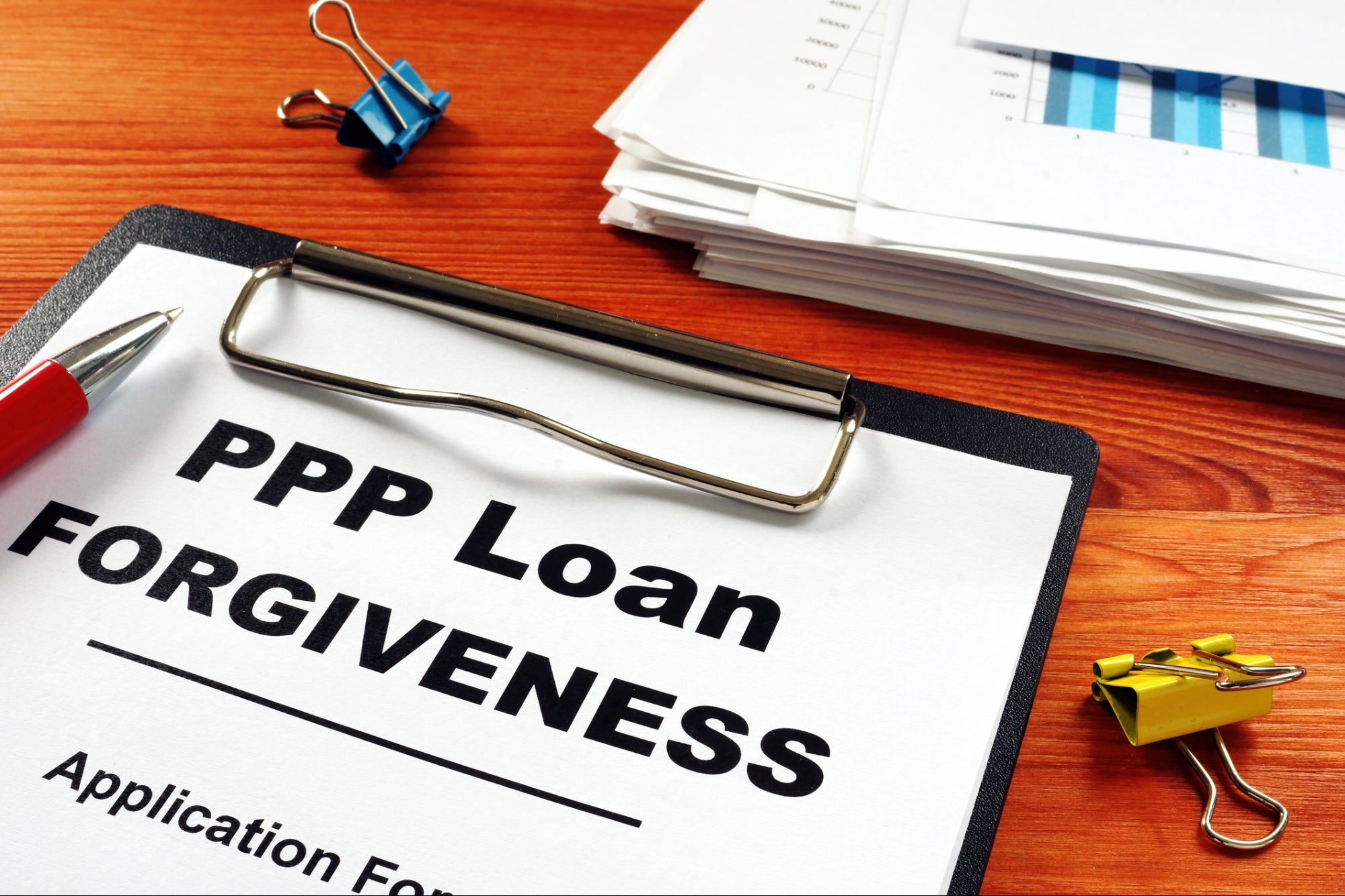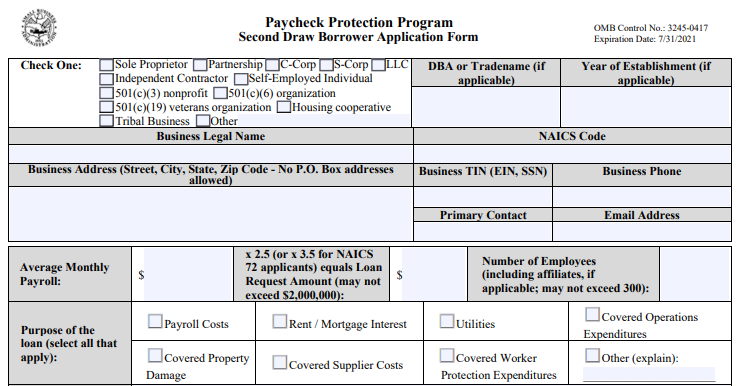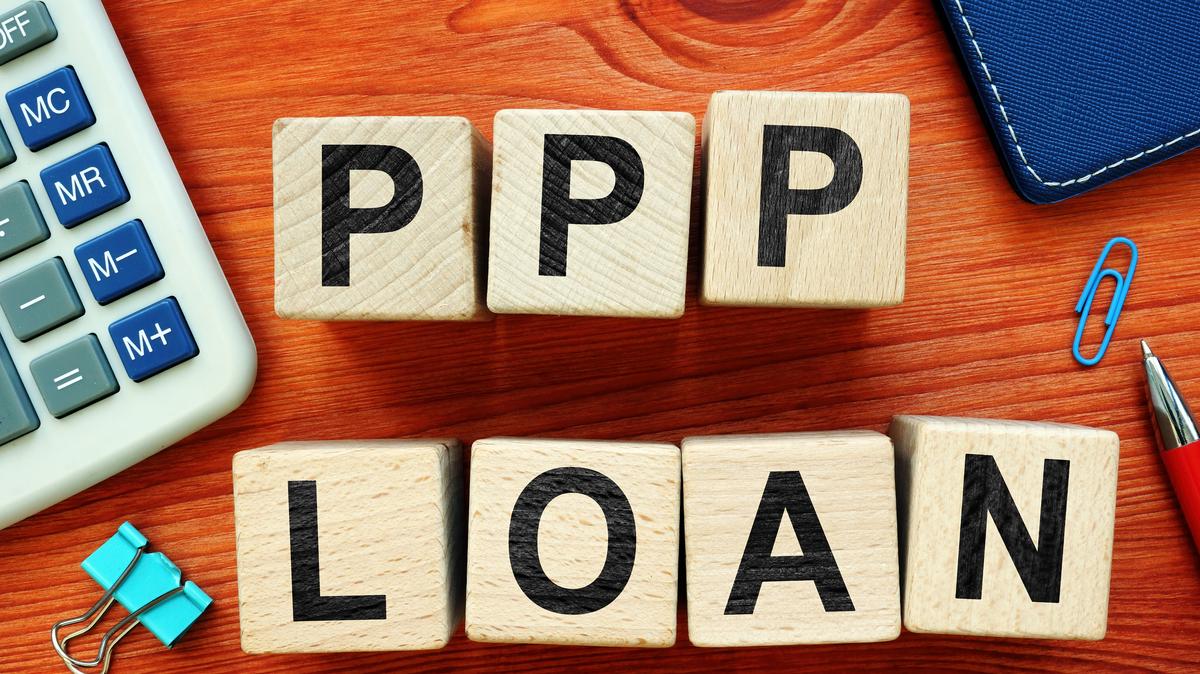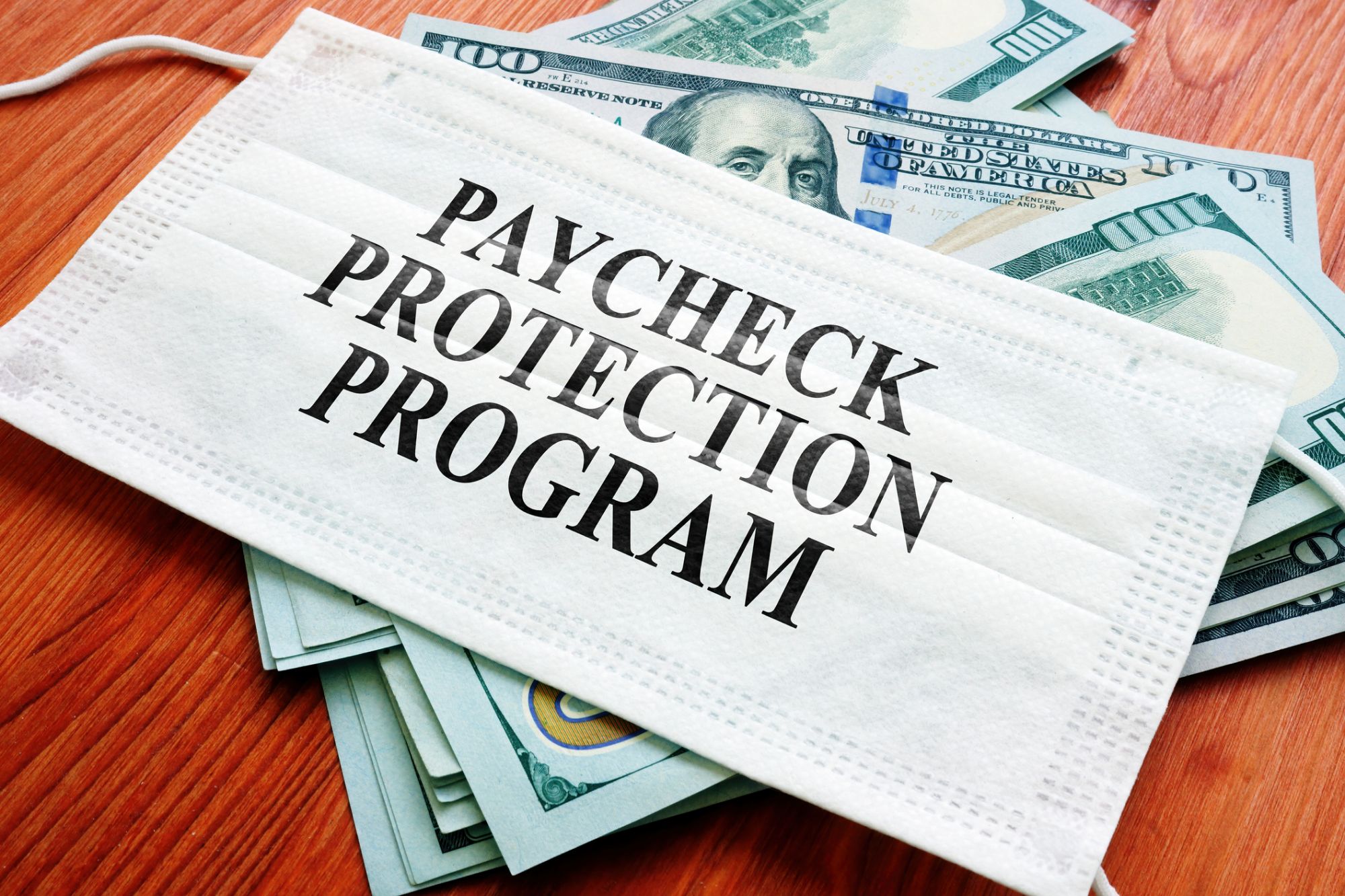
PPP Loan Forgiveness Update

On May 22nd the Treasury and Small Business Administration (“SBA”) released a new Interim Final Rules (“IFR”) on Loan Forgiveness
**Timing Requirements** Many borrowers have sought guidance on the deadline for submitting the Loan Forgiveness Application. The interim final rule does not clarify whether the borrower is subject to a deadline for submitting the application. For loans that are not reviewed by the SBA prior to the lender’s decision on loan forgiveness, lenders must issue decisions on loan forgiveness to the SBA within 60 days from receipt of a completed application, and the SBA will remit the appropriate forgiveness amount, plus any accrued interest, to the lender within 90 days thereafter.
**“Incurred and/or Paid”** The issue of whether expenditures must be both incurred and paid versus incurred or paid within the eight-week forgiveness period has generated considerable confusion. The interim final rule provides that, “In general, payroll costs paid or incurred during the eight consecutive week (56 days) covered period are eligible for forgiveness.” This language appears to suggest that payments made early in the eight-week period are eligible for forgiveness even if they relate to payroll incurred prior to the start of the eight-week period, although we will monitor subsequent guidance closely for further clarifications or changes. Tracking the language of the application, the interim final rule confirms that the eight-week period begins on the date of loan disbursement, although borrowers may elect an “alternative payroll covered period” beginning on the first day of the first payroll cycle after loan disbursement.
**Payments to Furloughed Employees, Bonuses, and Hazard Pay** The interim final rule provides that payments of salary, wages, or commissions to furloughed employees, bonuses, and hazard pay are eligible payroll costs, subject to the limitation that cash compensation does not exceed $100,000 on an annualized basis.
**Caps on Compensation to Owner-Employees and Self-Employed Individuals** A prior interim final rule limited compensation to self-employed individuals to the lesser of $100,000 per year on an annualized basis or 8/52 of 2019 compensation. The application appeared to expand that rule to owner-employees and general partners without any underlying discussion. The May 22, 2020 interim final rule on loan forgiveness requirements confirms this expansion by stating that owner-employees are capped by their 2019 employee cash compensation, retirement, and health care contributions. Self-employed individuals filing Schedule C are capped at owner compensation replacement income from 2019, in accordance with the prior interim final rule. General partners are limited to their 2019 net earnings from self-employment, reduced by section 179 deductions, unreimbursed partnership expenses, and depletion from oil and gas properties, multiplied by 0.9235. Further, self-employed individuals, including general partners, may not receive forgiveness for retirement or health insurance contributions. Remember that the annualized $100,000 limitation applies to cash compensation in addition to the rules set forth above.
**Nonpayroll Costs** The interim final rule confirms the prior guidance that nonpayroll costs are eligible for forgiveness if (i) paid during the covered period, or (ii) incurred during the covered period and paid on or before the next regular billing date.
**Prepayments of Mortgage Interest** Advance payments of interest on a covered mortgage obligation are not eligible for forgiveness. Payments of principal are not eligible under any circumstances.
**Offers to Rehire Employees** Eligible loan forgiveness amounts are subject to reductions if the borrower does not maintain the number of full-time equivalent employees, as summarized in prior guidance, and subject to certain exceptions. The interim final rule restates the prior regulatory exemption in which reductions in loan forgiveness are waived where the borrower makes a good faith, written offer to rehire (or restore hours for) an employee during the applicable eight-week period, and the employee rejects that offer. One new requirement applicable to this exemption is set forth in the May 22, 2020 interim final rule, which is that the borrower must inform the state unemployment office of the employee’s rejected offer of employment within 30 days of such rejection.
**Full-Time Equivalents** The interim final rule defines a full-time equivalent employee as an individual who works 40 hours or more each week. The SBA considered using a 30-hour standard but determined that the 40-hour standard better reflects full-time employment for most Americans. The interim final rule tracks the application in providing that employees who work 40 hours or more each week are limited to an FTE quotient of 1.0. For employees who work less than 40 hours per week, the borrower may calculate the average number of hours paid per week divided by 40, or the borrower may use an FTE equivalency of 0.5 for each employee. The chosen method must be applied consistently to all employees in all relevant periods.
**Salary/Hourly Wage Reductions** The interim final rule restates prior guidance on the salary/hourly wage reduction to loan forgiveness. However, to avoid doubly penalizing borrowers, the rule helpfully states that salary/hourly wage reductions will only be taken into account if they are not attributable to an FTE reduction. An example provides that if an hourly wage employee had been working 40 hours per week but only works 20 hours per week during the covered period, but the employee’s hourly wage is not reduced, the reduction in hours is taken into account for FTE purposes, but the borrower is not required to apply the salary/hourly wage reduction to such employee.




